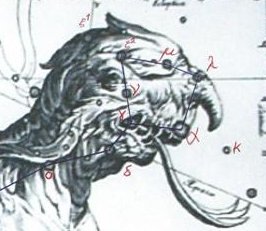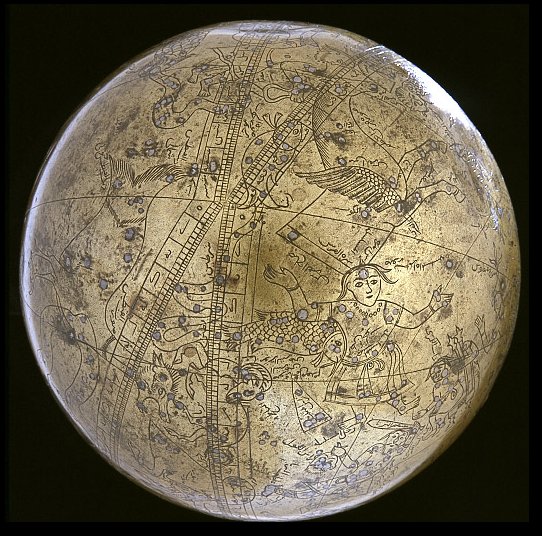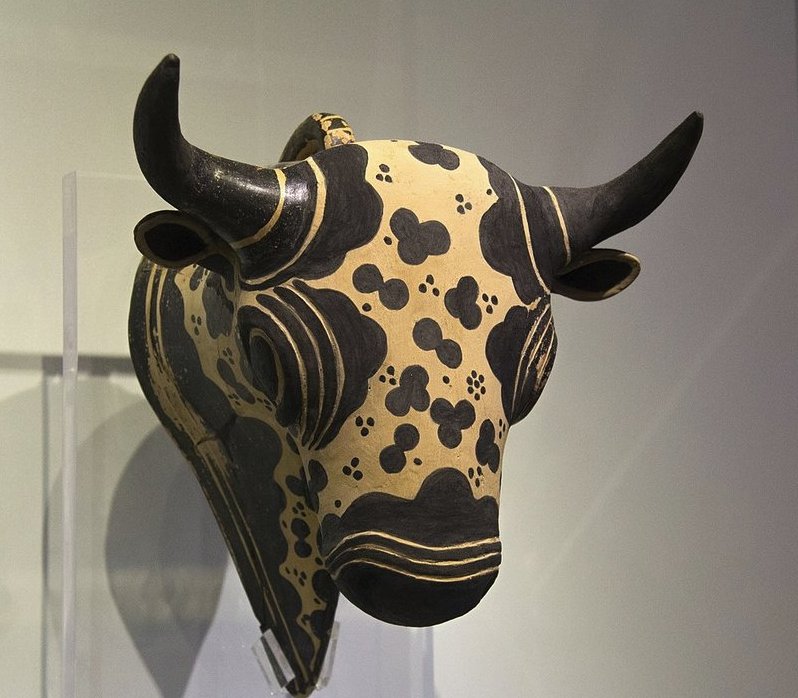|
TAHUA
33 So the current (in the era of rongorongo) right ascension day of the wonderful Mira star was *33, and by way of contrast - the necessary feature for perception to work with - there had to be a Significant complementary star at the other side of the night sky. And surely there was:
And then, by way of my assumption of a correspondence between the star figures and the dates according to what ought to be a reasonable extrapolation of the precessional time-space depth down to the Golden Age of the Bull, viz. 64 (→ 8 * 8 → 100) days, ... OgotemmÍli had his own ideas about calculation. The Dogon in fact did use the decimal system, because from the beginning they had counted on their fingers, but the basis of their reckoning had been the number eight and this number recurred in what they called in French la centaine, which for them meant eighty. Eighty was the limit of reckoning, after which a new series began. Nowadays there could be ten such series, so that the European 1,000 corresponded to the Dogon 800. But OgotemmÍli believed that in the beginning men counted by eights - the number of cowries on each hand, that they had used their ten fingers to arrive at eighty, but that the number eight appeared again in order to produce 640 (8 x 10 x 8). 'Six hundred and forty', he said, 'is the end of the reckoning.'
we can put the current heliacal position of Mira (at the neck of Cetus) in parallel with the time-space position 477 (→ 300 + 177) - 64 = 413 (→ 14 * 29Ĺ) = 365 + 48 = 364 + 7 * 7 = FEBRUARY 17:
Most wonderful! By adding the visibility cycle of Mira (333 days) to its right ascension day *33 we will reach right ascession day *366 (→ 2 * 183), i.e. to the end of the cycle of the Sun beginning at 0h (March 21) - at heliacal Sirrah, at the topknot of Andomeda. Where Maui Tikitiki A Taranga was born:
The G text, however, has evidently Mira not at (*33 = *366) but at *504 = *171 (= *504 - *333).
... In 1638 Johannes Holwarda determined a period of the star's reappearances, eleven months; he is often credited with the discovery of Mira's variability. Johannes Hevelius was observing it at the same time and named it 'Mira' (meaning 'wonderful' or 'astonishing,' in Latin) in 1662's Historiola Mirae Stellae, for it acted like no other known star. Ismail Bouillaud then estimated its period at 333 days, less than one day off the modern value of 332 days, and perfectly forgivable, as Mira is known to vary slightly in period, and may even be slowly changing over time ... We could then try to reflect the table figures above by looking at the corresponding figures in line Gb4, those which are located 107 (= 471 - 364 = 472 - 365) positions earlier in the text:
In which case we will see that the glyph corresponding to Ga4-24 (107) will be located between the last glyph on side b and the first glyph on side a:
|
|||||||||||||||||||||||||||||||||||||||||||||||||||||||||||||||||||||||||||||||||||||||||||||||||||||||||||||||||||||||||||||









